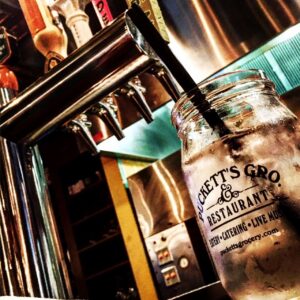Making Corrections to an International Patent Application under PCT Rule 91
Making corrections to an international patent application must be done carefully.

The Patent Cooperation Treaty is generally fairly gracious in corrections, but they must be done according to strict rules.
A PCT application is a special tool created by international treaty which lets applicants secure international patent protection. It does not create an “international patent,” but it does establish a foundation from which patent applications may later be filed all around the world. Most countries in the world subscribe to the PCT treaty, with a few exceptions (Taiwan, notably). One advantage of a PCT application is that it allows an application to be centrally searched, examined, amended, and if needed, corrected, rather than having to take those steps in X countries at X times the cost.
Making amendments and corrections one time, to one application, is much easier and cheaper than making them several times for several applications (and usually through several foreign associates). Changes to the claims can be made in various ways, but normally through Article 19 or Article 34 amendments, which have specific timing and formatting requirements and also involve payment of a submission fee.
If the changes are very minor, they could potentially be submitted through a Rule 91 Rectification requests. These requests are reserved for “obvious mistakes,” and the bar for such mistakes is quite high. However, there is no fee involved with lodging a request under Rule 91, and so it can provide an attractive alternative to making an amendment under Article 34, which has about a $400 fee. Rule 91 requests are limited to changes that are so obvious that is becomes clear that “nothing else could have been intended than the proposed rectification.” After speaking with PCT Office specialists who handle these requests, I’ve learned that the requests are granted for things like misspellings and other typographical errors, like capitalization. However, even in some circumstances, capitalization of may considered to give that word a special meaning, and some examiner may refuse such requests. Incorrectly identifying the parts of your invention by typing the wrong reference character (widget 4 instead of widget 44, for example) is not an obvious error, even when the part is correctly identified in every other instance.
If in doubt about the acceptability of the correction, a Rule 91 request can be filed. It may be rejected, or refused, and then an amendment under Article 19 or 34 will have to be filed.
